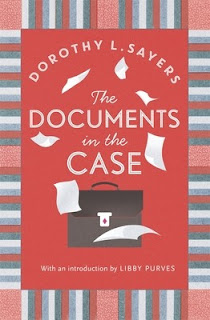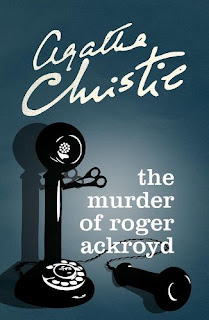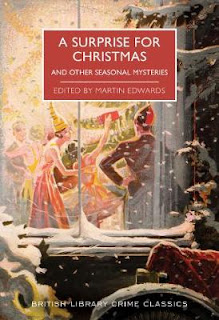Alleyn falls in love but he still has to be professional and solve the murder
 |
| Artists in Crime was Marsh's sixth novel featuring Roderick Alleyn |
The detective first meets Troy when he is returning from a long holiday in New Zealand and boards a ship to Vancouver. As the ship leaves the port of Suva after calling at the Pacific island of Fiji, he sees Troy up on the deck painting the wharf before it fades into the distance.
Alleyn already knows and admires Troy’s work and he has an awkward conversation with her about it. He finds himself drawn to her at once, but she seems unimpressed with him and is offhand.
They next meet when Alleyn is sent to investigate a murder that has occurred at the country house in England she has inherited from her father. He is staying with his mother, who has a house near Troy’s home, before he returns to work after his long absence. His superior officer at Scotland Yard telephones to ask him to start work early to investigate a murder near where he is staying.
When he goes to the house, he again sees Troy, who is still shocked after a woman has been killed in her home in a macabre way. She does not welcome Alleyn and his officers searching the rooms of her guests or keeping them under supervision in her dining room while they embark on their investigation.
Alleyn tries to maintain a professional detachment but finds himself apologising to Troy for the things he must do to investigate the murder. It is only at the end of the novel, when the case has been solved and the murderer arrested, that we see a softening in Troy’s attitude towards him, which gives Alleyn hope for the future
 |
| Patrick Malahide (left) played Chief Inspector Alleyn in the 1990 BBC TV adaptation of Artists in Crime |
Troy inherited the house from her father, but he did not leave her much money so she has to earn her own living. However, she is shown living comfortably in the world of the 1930s upper classes in England. She has a well-staffed country home and enjoys living in the Bohemian art world of London, where she stays at a club and has many society friends.
Artists in Crime was televised in 1968 and 1990. It is a well-plotted mystery with a surprising ending and it is interesting for the reader to see Alleyn’s character developing from the way he is portrayed in the earlier books. He is once again ably assisted by his subordinates, Fox and Bailey, and his friend, the journalist Nigel Bathgate.
I did not find the details about methods of painting and artists’ equipment very interesting, but I realise Ngaio would have found it fascinating because she enjoyed painting herself and studied art before becoming an actress and then a crime writer.
First published in 1938, Artists in Crime is the sixth Roderick Alleyn mystery and is well worth reading for the whodunit element of the novel alone. The love interest between Alleyn and Troy is well set up and has immediately made me want to read the next novel in the series, Death in a White Tie, in which Troy appears again.





.jpg)






